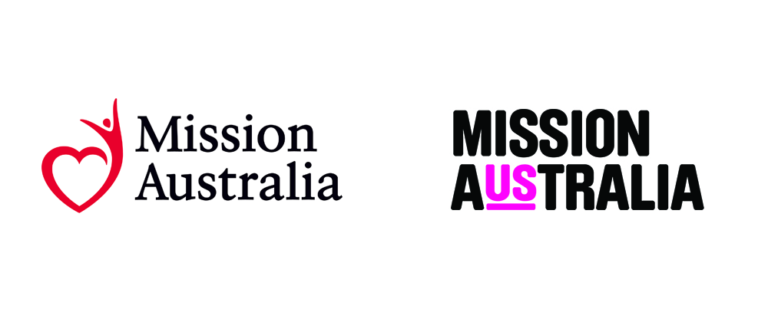Drugs alarm
THE lack of doctors willing to treat drug dependent patients in South Gippsland and Bass Coast is a “huge problem”, according to the few doctors prescribing the required medications.
The shortage is a major concern considering the recent debate on whether drugs should be decriminalised in Australia.
Doctor Mauricio Haddad, the only doctor in both shires currently trained to support patients undergoing opiate replacement therapy for patients addicted to heroin, believes drugs are a growing problem, with alcohol and unemployment two associated factors.
The Wonthaggi based doctor said treatment should be available around the region.
“People, for example, are coming to see me from Leongatha or from Phillip Island. We really need one doctor in each place,” he said.
Dr Haddad undertook training to deliver the methadone program in 2009 after he saw a demand in the area from young drug dependant patients.
“When I started working in South Gippsland Family Medicine, there were a lot of patients under that treatment and demanding someone to prescribe methadone and buprenorphine; that made my decision to do the training,” he said.
“In the past there were not many options so when they feel comfortable with a doctor, they talk to each other and they recommend you.”
In two years, the number of patients he treats has grown from 20 to around 100.
Dr John O’Donoghue worked at the clinic in Wonthaggi for a number of years before relocating to the Moe Newborough Health Clinic, and still does some correspondence work with Bass Coast Community Health.
Dr O’Donoghue, who was also the only trained doctor for drug treatment in the area before Dr Haddad, said the region needs more doctors willing to prescribe methadone and buprenorphine.
“Even if they’re trained, most of the doctors don’t prescribe,” he said.
“It’s not just a matter of training; it’s getting them to engage in the treatment.
“Yes we need more doctors and we also need more pharmacies stocking the medications.”
Dr O’Donoghue said before he worked in Bass Coast, he had patients travelling to Drouin to see him.
“Of course it would be good to have more doctors working with these patients. It’s a huge problem,” he said.
“The number of people on opiate replacement therapy, according to the health department, is increasing every year.
“I’ve been doing opiate replacement therapy for over 20 years and I’ve usually got a couple of hundred people on my books, and there’s always more.”
Dr Sinead De Gooyer, who works at the Youth Clinic in Leongatha said drug use, especially heroin, is not primarily a problem among young people despite popular belief.
“Alcohol is by far the most common drug used by young people, followed by tobacco and marijuana use at much lower levels,” Dr De Gooyer said.
“Binge drinking is an issue which leads to risk taking behaviour; at the youth clinic we often see the consequences and fall out of this behaviour. This is not unique to the Gippsland area by any means.”
Dr De Gooyer said it is important to make the point that the majority of young people do not use drugs.
Dr Haddad said the majority of his patients were aged between 20 and 40.
Medications required for patients, methadone or buprenorphine, are only available from selected pharmacies in the area.
“Patients need to be accepted by the pharmacist before they start providing the medication, and are required to go to the pharmacy on a daily basis to get the medication,” Mr Haddad said.
“When the patient is stable, they are allowed to have take-away medications; all this requires is a good relationship with the patient and the pharmacy, and is not always easy.”
Mr Haddad said alcohol, smoking and unemployment were contributing factors to drug addictions.
“It’s a big issue; people who use heroin are usually heavy drinkers and heavy smokers, and isolation and unemployment are also factors. All these things come together,” he said.
“Drugs are becoming more common, and when people stop working, they start wondering what to do with their time. Later on, someone invites them to try drugs and they become
addicted.”
Dr Haddad said only around 20 per cent of patients actually stop using heroin; while others stay in the program, they often relapse.
“I think the problem is going to get bigger and we need some help from different sectors, for example, for people who are unemployed.
“We need programs to help people get voluntary jobs, community based projects or get retraining because the best thing that could happen to these people is to find a job or training; to find a goal in their life.”
Dr Haddad said when he asks patients where they see themselves in 10 years time they often see an “empty space” or assume they will have died.
“To get heroin, you need money and sometimes to get it, you need to steal or you need to sell drugs and it is a dangerous life,” he said.
“The best thing is to get help from a multiple disciplinary team to help these people get back to work.”
Bass Coast Community Health Service also provides social support for drug dependent people, help to monitor the social aspects of their lives.
To treat people with a drug dependency, Dr Haddad said you need to be patient and understanding.
“It’s not only just giving methadone or buprenorphine and seeing them in three months time, it’s not realistic,” he said.
“You need to get involved with the patient and just try to find out which things are in their life.
“The patient wants privacy and empathy, and I find the best thing is to not be judgemental with the patient.
“You need to talk with the patient and be friendly; if the patient relapses, it is part of the job.”
But Dr Haddad’s main objective behind treatment is to get the patient refocused with achievable goals.
“Sometimes I talk with Centrelink or CRS to get involved with the patient to try find a suitable job,” he said.
“I don’t want them sitting at home wondering what sort of drugs they can get tomorrow.”
In a letter to today’s Star (Wednesday), Father Chris Riley, who is the CEO of Youth Off the Streets, said the Federal Government should take a different approach to catching and controlling drug users and traffickers, and should invest more in rehabilitation programs for addicts.
“Jail should be not be the solution to managing this problem. It concerns me that 75 per cent of the government’s financial commitment is being used to catch drug users and traffickers and to put them in jail,” he said.
“This money should be spent on rehabilitation and drug and alcohol programs that can help our young people overcome the risks of drug use. “
Short URL: /?p=3204







